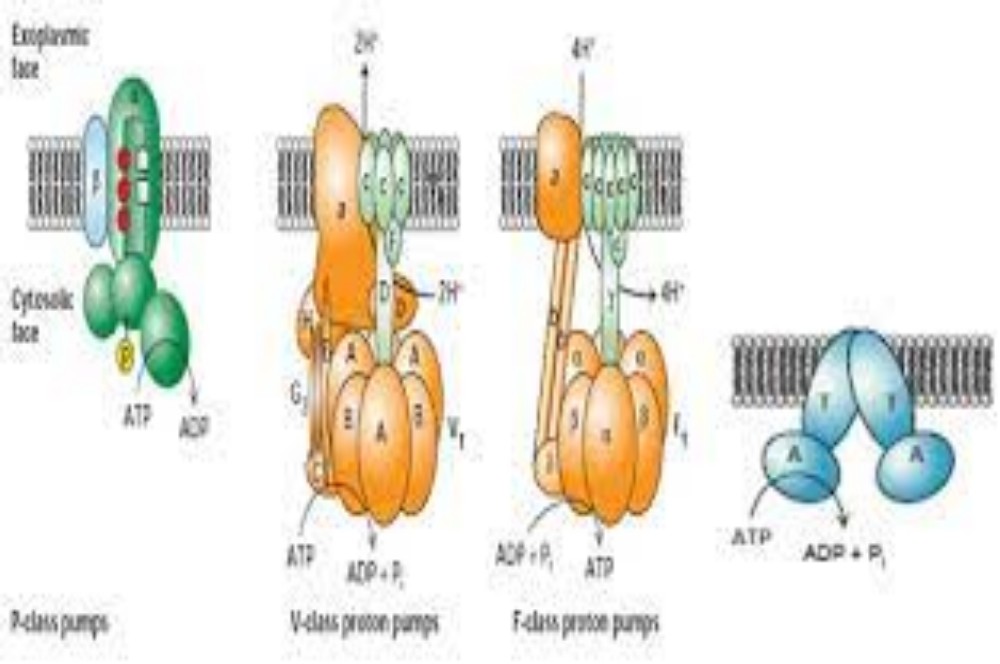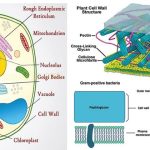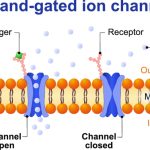ATP-powered pumps (ATPases) couple the splitting, or hydrolysis, of ATP with the movement of ions across a membrane against a concentration gradient. ATP is hydrolyzed directly to ADP and inorganic phosphate, and the energy released is used to move one or more ions across the cell membrane. As much as 25% of a cell’s ATP reserves may be spent in such ion transport. Examples include:
· The Na+-K+ ATPase pumps Na+ out of the cell while it pumps K+ in. Because the pump moves three Na+ to the outside for every two K+ that are moved to the inside, it creates an overall charge separation known as polarization. This electrical potential is required for nervous system activity, and supplies energy needed for other types of transport such as symport and antiport.
· Ca++ ATPases are responsible for keeping intracellular Ca++ at low levels, a necessary precondition for muscle contraction.

If a proton gradient is established by the breakdown of other molecules, the transport process works in reverse to synthesize ATP from ADP and phosphate, using the energy of the proton gradient. To view animations summarizing operation of the ATP pump, click on the buttons, starting with “Step 1.”



Comments are closed